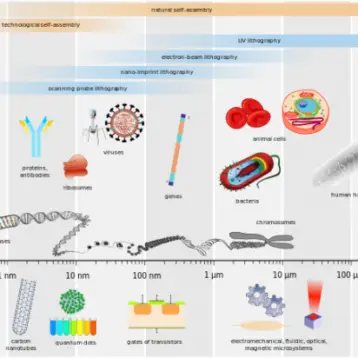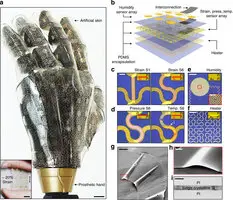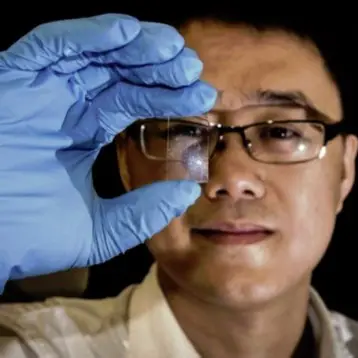Researchers at Rensselaer Polytechnic Institute have revealed an innovative technique for controlling the nature of graphene. This achievement brings academia and industry nearer to the realization of being able to mass produce graphene-based nanoelectronics. Graphene was uncovered in 2004 and has a structure of a one-atom-thick sheet of carbon, thus being thought of as an equal substitute to conductive elements such as copper and silicon, which are the building blocks of nanoelectronics.
In addition to assistance from a primary substrate, researchers have established the ability to control the nature of graphene. Saroj Nayak, an associate professor at Rensselaer’s department of physics, applied physics, and astronomy, along with Philip Shemella, a postdoctoral researcher, have said that the chemistry of the surface on which graphene is set down performs a specific function in influencing the material’s conductive characteristics. The outcomes are built on large-scale quantum mechanical simulations.
The findings illustrate that graphene displays semiconductive properties when laid on a surface layered with oxygen. However, when graphene was surfaced on a material administered with hydrogen, the graphene exhibited metallic properties. “Depending on the chemistry of the surface, we can control the nature of the graphene to be metallic or semiconductor,” Nayak said. “Essentially, we are ‘tuning’ the electrical properties of material to suit our needs.”
Traditionally, when a set of graphene nanostructures are formed, a part of the graphene is metallic and the rest is semiconductor. On such a large scale, separating the metallic from the semiconductor would prove impossible. However, there is a clear need for the graphene to be either one of these components. For this purpose exactly the researchers at Rensselaer have developed this new technique for “tuning” the nature of graphene.
The hype about graphene surrounds its exceptional conductive characteristics. At room temperature, the electrons in graphene move easily, at virtually the speed of light and with negligible resistance. This denotes that a graphene interconnect would probably remain much cooler than a copper interconnect of the same size. Since heat created by interconnects in a conventional copper chip has negative effects on the performance of the computer, researchers have been focusing much of their efforts in the completion of a cooler graphene chip.
TFOT has previously written about the great promise graphene semiconductorshold for replacing conventional semiconductor materials such as silicon, revealed by physicists from University of Maryland; the University of Manchester has designed the world’s smallest transistor using graphene to form into tiny electronic circuits with individual transistors not much larger than that of a molecule. You can also check out our article on graphene paperthat istougher than diamonds and lighter than most metals and has amazing potential to be applied in aircraft fuselages, cars, buildings, and possibly could even be used in military body armour.
Additional information on tuning graphene can be obtained at Rensselaer’s website.









